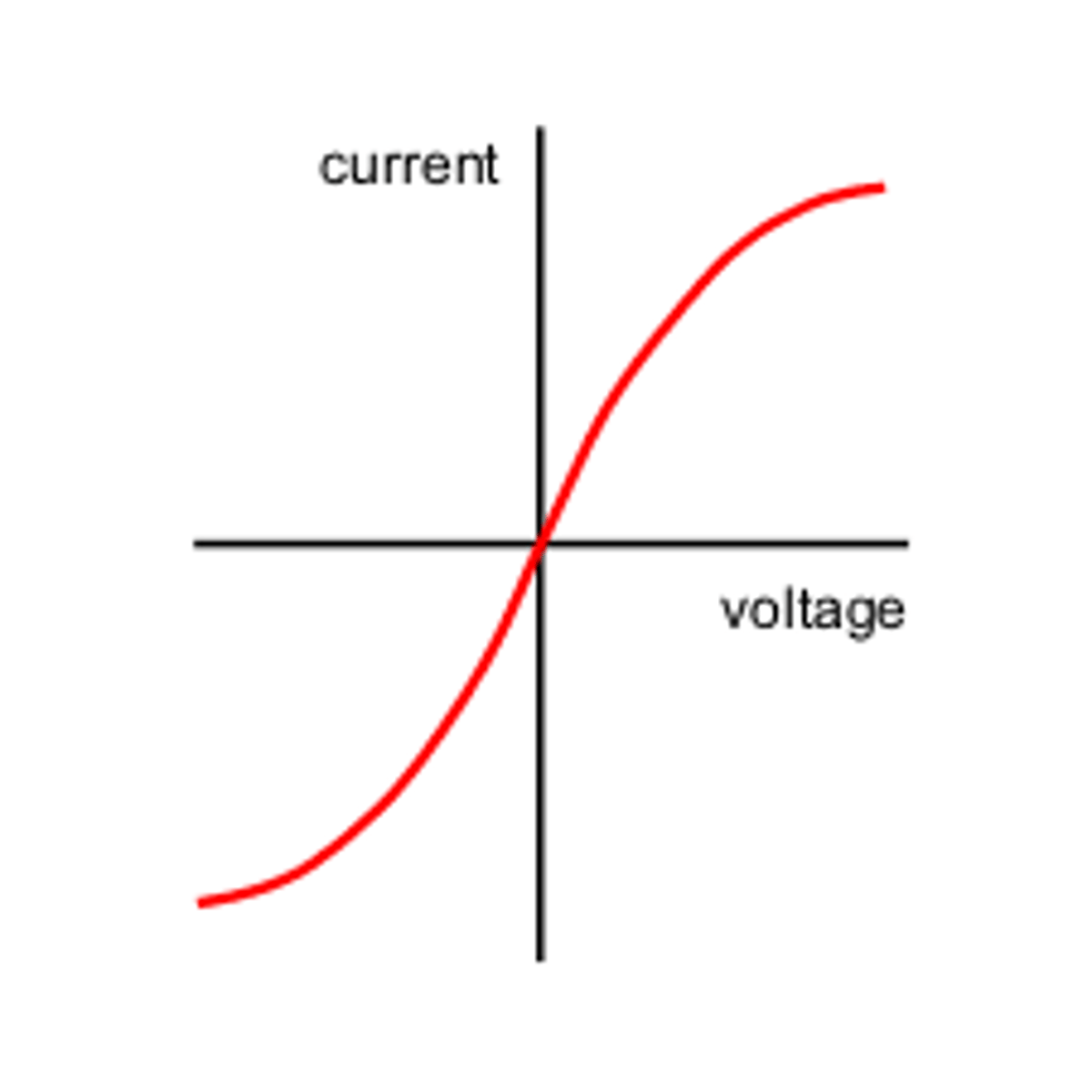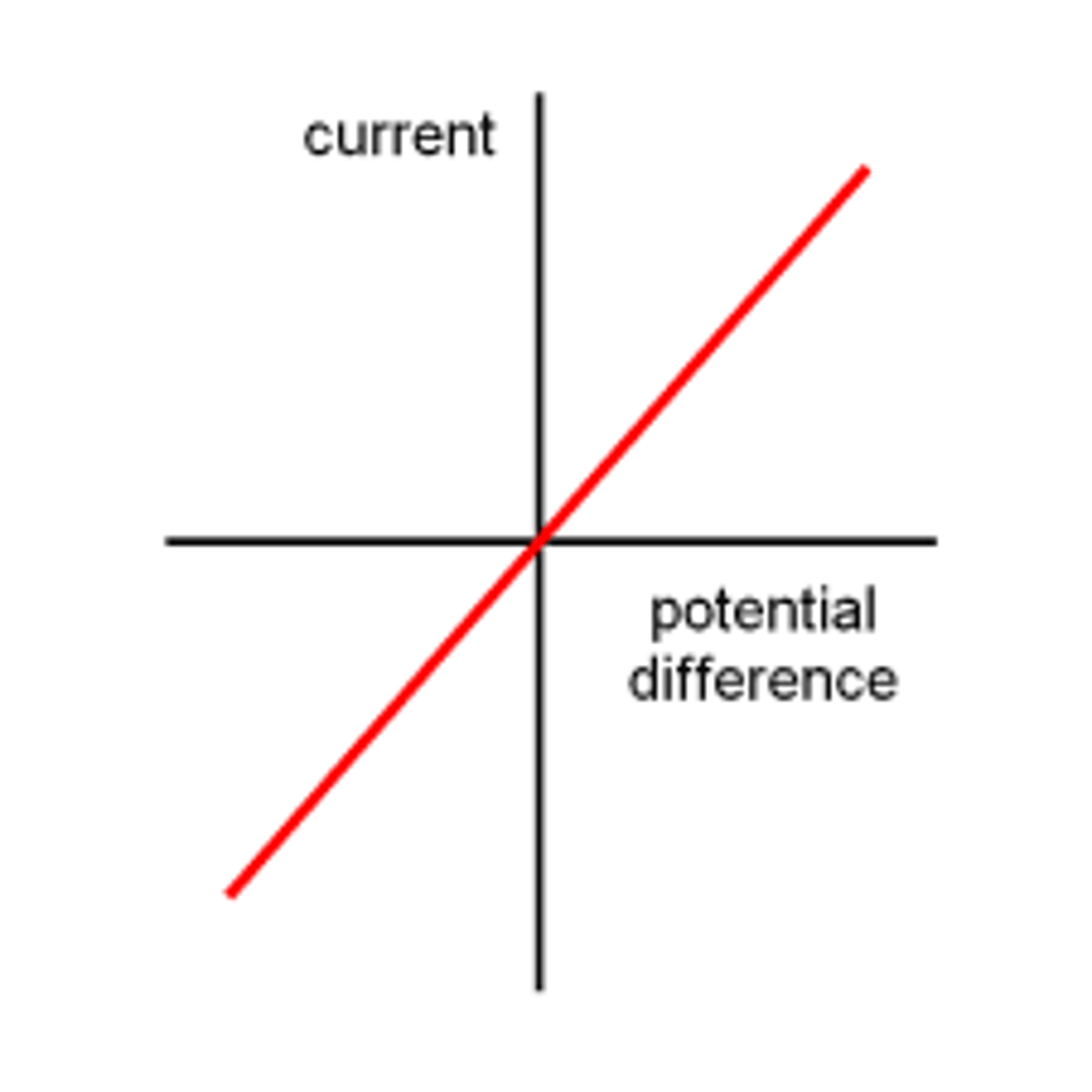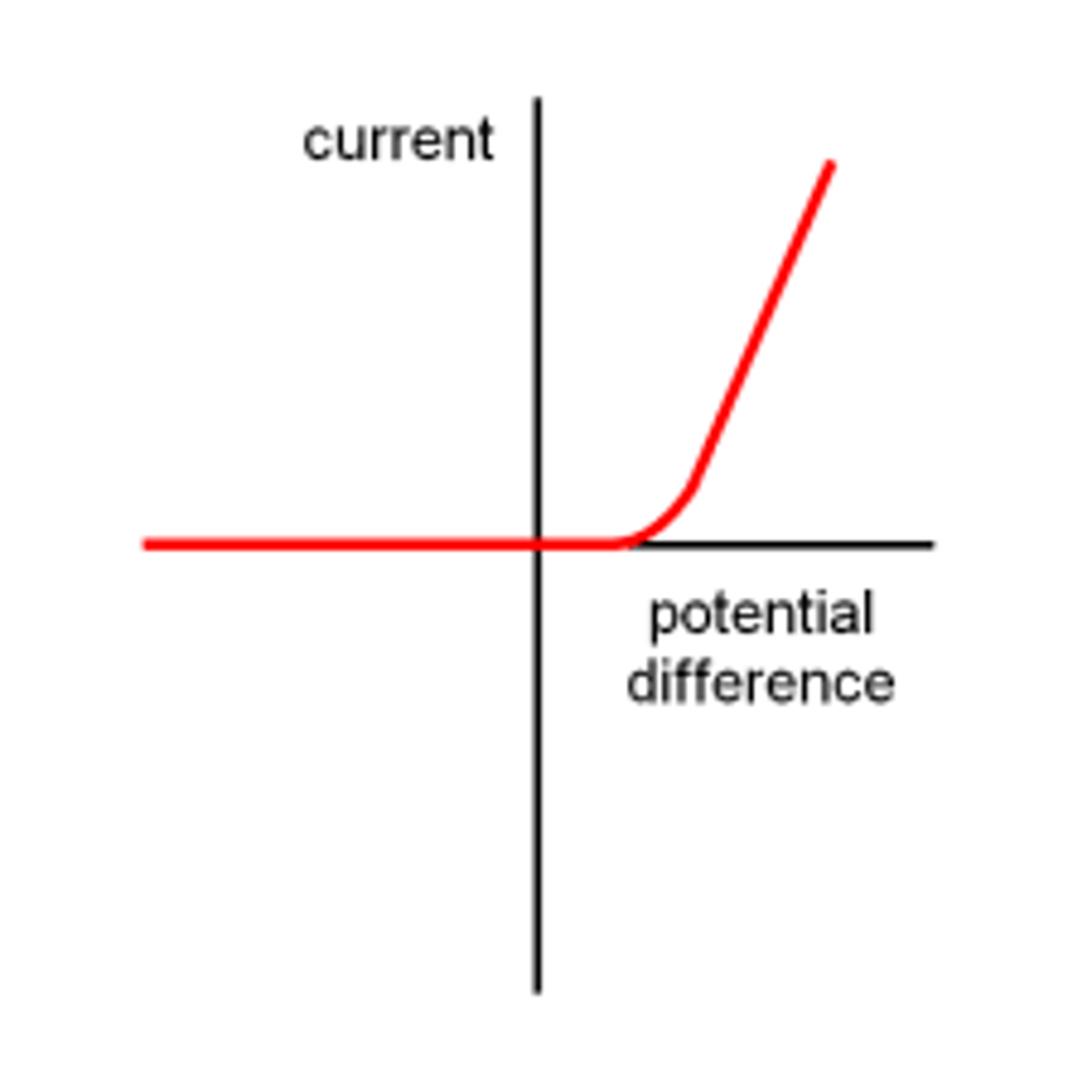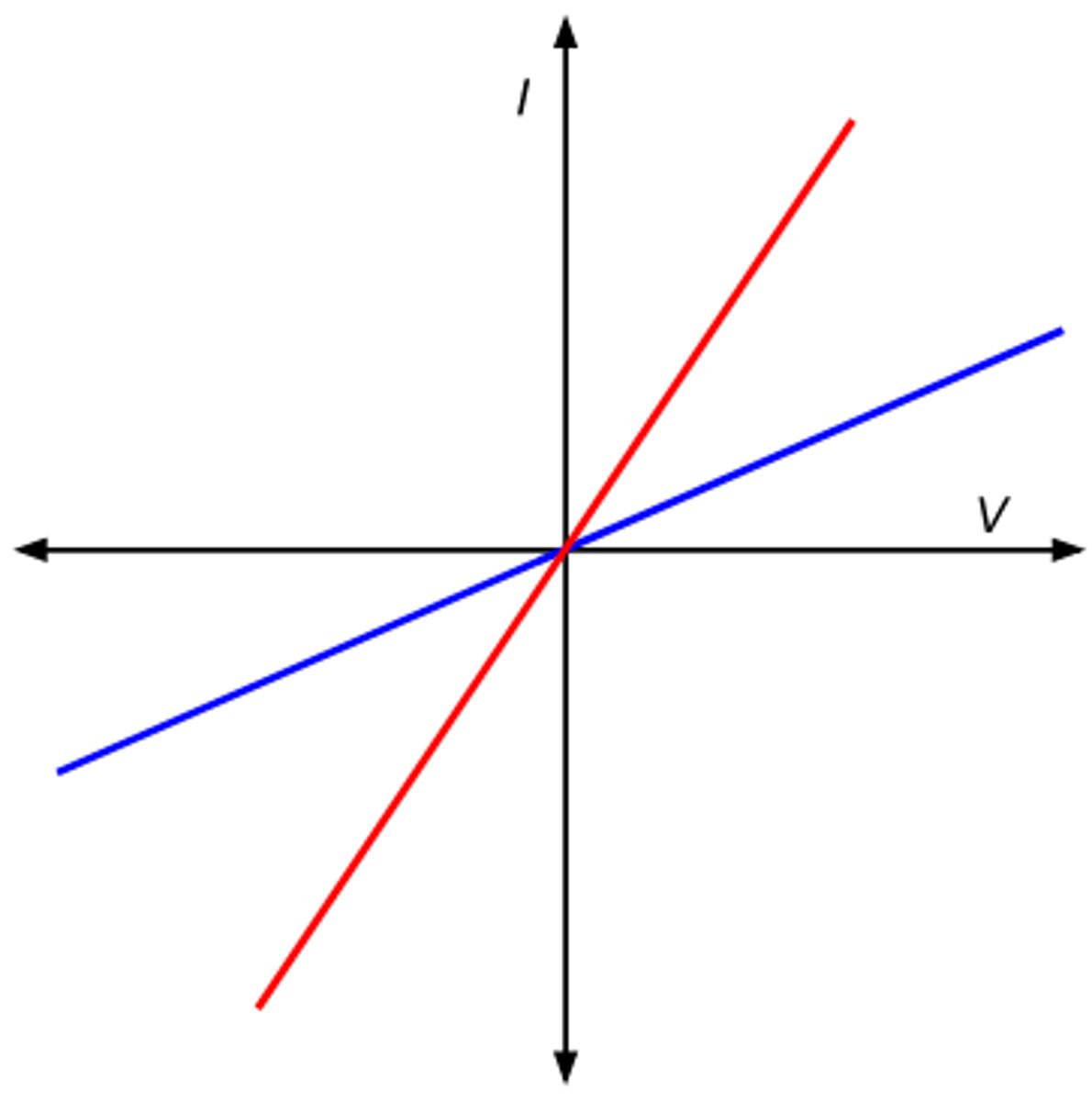Edexcel IGCSE physics : paper 1
1/155
There's no tags or description
Looks like no tags are added yet.
Name | Mastery | Learn | Test | Matching | Spaced |
|---|
No study sessions yet.
156 Terms
What is Newton's second law?
the acceleration of an object is dependent upon two variables - the net force acting upon the object and the mass of the object (f=ma)
What are the different types of force
Gravity or weight, reaction force, electrostatic force, thrust, drag, lift, tension
What is static friction?
Friction that acts on objects that are not moving
describe a practical to investigate motion of a toy car
1. ramp with runway with a mark for the start
2. put a light gate at the start, bottom of the ramp, and end of the runway
3. repeat and find the averate time to reach each light gate, to then find the average speed of the car on ramp and runway
What is Newton's first law?
An object at rest stays at rest and an object in motion stays in motion with the same speed and in the same direction unless acted upon by an unbalanced force.
how does an object reach terminal velocity?
1. Accelerates because of gravity on object.
2.As it increases the air resistance against it increases
3. When gravity is equal to air resistance - it is at terminal velocity.
why does a hammer fall faster than a feather?
there is more air resistance on a feather as it has a larger surface area; this makes the time taken to reach terminal longer.
what is stopping distance?
Stopping distance = thinking distance + braking distance
what factors affect thinking distance?
1 - speed
2 - reaction time (age, tiredness, drugs/alcohol, inexperience)
what 4 factors affect braking distance?
1 - speed
2 - mass of the vehicle (increased momentum and inertia)
3 - how effective the brakes are
4 - grip - road surface, weather, tyres
What is Hooke's Law?
When a spring stretches, the extension of the spring is proportional to the force stretching it, provided the elastic limit of the spring is not exceeded.
How do you investigate Hooke's law?
1 - Attach spring to clamp & stand
2 - Place a meter ruler (with mm divisions) next to the spring
3 - Suspend a mass from spring
4 - Record new length
5 - Repeat and add more masses
6 - Plot force exerted by mass against extension
What is elasticity?
The ability of a material to return to its original shape when a force on it is removed
are metals elastic?
they display elastic behaviour as long as hooke's law is obeyed
Definition of Current
The rate of flow of charge
What is current measured in?
Amps, A
Definition of Voltage
the force that pushes electricity along a current
Definition of Potential Difference
The work done per unit charge transferred (voltage)
Definition of resistance in a circuit
the measure of how strongly a component or material opposes the flow of electric current
What is resistance measured in?
Ohms (Ω)
How are ammeters used?
- measure current in amps
- place in series anywhere in the circuit
How are voltmeters used?
- measures the voltage in volts
- place in parallel around the component under test
what are the differences between mains supply and battery supply
- mains supply = ac - current constantly changing direction
- battery supply = dc - current goes one direction
describe the current-voltage graph for a filament lamp

describe the current-voltage graph for a wire

describe the current-voltage graph for a diode

describe the current-voltage graph for a resistor

What do LEDs do? What are they used to show in circuits?
- It emits light when a current flows through it in the forward direction
- shows the presence of current flow in a circuit in the correct direction
what are light dependent resistors and what are they used for
- a resistor that changes its resistance depending on how much light falls on it
- more light = more resistance
- burglar detectors
what are light thermistors and what are they used for
- a resistor that changes its resistance depending on how much heat is absorbed
- more heat = more resistance
- fire alarms, thermostats
graph of a light-dependent resistor and thermistor

The current is ____ a series circuit.
the same everywhere in
potential difference of supply is ______ in a series circuit
shared between components as different components have different resistances
what is total resistance in a series circuit
The sum of the resistance of each component
potential difference is ______ in a parallel circuit
the same across all brances
current in parallel circuit is _____ between branches
- split/shared
- depends on the resistance of the compontents in each branch
what happens if you add a resistor in parallel to the circuit (on another branch)
total resistance decreases
what happens when an electrical charge (Q) goes through a change in voltage (V)
- Energy (E) is transferred
- a gaining in energy at a cell/battery results in more charge to raise it through a voltage
- the charge gives up this energy when falling through a voltage drop in components
what is charge measured in?
Coulombs, C
what are the blue, brown and green/yellow wires in a plug, and what other component is there for safety
blue- neutral
brown - live
yellow/green - earth
also there is a fuse for safety
What are the voltages of the live and neutral wires
live - ac between 230V and -230V
neutral - always at 0V
how can the neutral wire have no voltage when the live wire has so much?
ALL voltage is lost and when all charge is transferred to energy, however the CURRENT stays the same
when does an appilance need to be earthed and why?
- if there is a metal case
- an earthed conductor can never become live
when does an appliance not need to be earthed?
- if the appliance has a plastic casing and no metal parts showing, this means it is DOUBLE INSULATED
how do fuses and earth wires prevent fires and shocks?
- If the live wire TOUCHES THE METAL CASE, a large current flows through the live wire and case and earth wire.
- This is because the appliance is EARTHED
- this surge in current melts the fuse or (trips a circuit breaker), cutting off the live supply
- this isolates the appliance preventing shocks and fires
How do circuit breakers work?
When they detect a surge in current in a circuit they break the circuit by opening a switch. this can be flicked back on, and operate much faster than fuses.
How do RCCB's work? (circuit breakers)
detects a difference in CURRENT between live and neutral wire and then cuts the circuit
Why do resistors get hot?
- an electric current in the resistor causes an energy transfer which heats up the resistor
- this is because electrons collide with ions in the lattice
this causes the ions to vibrate and heat up
what does heating do to resistors
- resistance is INCREASED
- LESS current will flow
- MORE voltage is needed to produce the same current
what are advantages and disadvantages to resistors heating up?
+ good for cooking/heating appliances such as toasters which use wire with high resistance
+ can be used in fuses
- can melt other components in a circuit
What is power measured in?
Watts (W) or J/s
how do fuse ratings work?
- most electrical goods show their power rating and voltage rating
- from this using I=P/V you can find the current rating that matches the current rating of a fuse
- the current rating should be just higher than the normal operating current
How is amplitude measured?
from crest/trough to rest position
How is wavelength measured?
crest to crest or trough to trough
How many Hz are in 1 kHz and 1 MHz
1 Khz = 1 000 Hz
1 MGz = 1 000 000 Hz
what are the differences between vibrations in longitudinal and transverse waves?
longitudinal - vibrations are along the same direction as the wave transfers energy
transverse - vibrations are perpendicular to the direction energy is transfered
What are wavefronts?
imaginary planes that cut across all the waves, connecting the points on adjacent waves which are vibrating together
What is the Doppler effect?
an increase (or decrease) in the frequency of sound, light, or other waves as the source and observer move toward (or away from) each other.
what are the types of electromagnetic waves in order of increaseing frequency and decreasing wavelength (there are 7)
radio waves,
micro waves,
infra red (radddiaattoooon)
visible light
ultra violet
x rays
gamma raaaaays
what are short and long wave radio waves and what are they used for?
- short-wave radio signals have shorter wavelengths (10-100m) and long-wave radio signals have longer wavelengths (1-10km)
- short-wave radio signals are reflected off of the ionosphere (at a certain angle) to be recieved at long distances from the transmitter - TV and FM radio braodcasting, which is why you need to be in direct sight of the ransmitter (it can't bend around hills)
- long-wave radio signals are bent directly to the reciver aroun the curve of the earth
What are microwaves used for?
Cooking and satellite transmissions
what is infrared radiation used for?
heating, monitoring temperature
What is light used for?
optical fibres and photography
What is ultraviolet used for?
Fluorescent lamps - UV is absorbed then visible light is emitted by certain chemicals
What are x-rays used for?
medical imaging, lookiung inside stuff
What are gamma rays used for?
Sterilising food and medical equipment
how can microwaves be harmful?
they heat human body tissue
how can infrared radiation be harmful?
can burn skin
How can UV be harmful?
damage surface cells and cause cancer becaus they are ionising
how can gamma ray be harmful?
cause tissue damage or cancer not only on the surface but deeper into the body as they are more ionising so can penetrate further. This can be prevented with lead lined boxes.
what happens when light is reflected from an uneven surface?
light is refleced at many angles and you get a diffuse reflection
What is the law of reflection?
angle of incidence = angle of reflection
What is the normal
An imaginary line that's perpendicular to the surface at the point of incidence
how do you draw a virtual image?
continue the rays of reflection backwards through the mirror
How do triangular prisms disperse white light and why?
RAINBOW like george floyd album cover, because different frequencies refract by different amounts
how do you find the refractive index with the speed of light
refractive index (n) = speed of light in a vacuum (c) / speed of light in that material (v)
how do you show total internal reflection wtih semicircular blocks
- shine a ray of light onto the curved side of the semicircular block
- increase the angle of incidence until the angle of reflection is above the critical angle of 90*
- the ray will reflect off of the flat side and come back out the curved side
why does the semicircular block experiment for critical angle work
the ray of incidence aimed at the curved edge always entres at right angles to the edge, meaning it won't bend as it enters the block
how do optical fibres use total internal reflection?
- optical fibres are made of plastic or glass
- fibre si narrow so that light passing through it will always hit the walls at angles higher than the critical angle
- this means that light is always totally internally reflected
- it only doesnt work when the fibre is bent too sharply
how do perescopes work with total internal reflection
- light hits one prism where it is totally internally reflected by 90 degrees [__
- light hits another prism lower down and is totally internally reflected by another 90* flipped and upside down [__
- wave is now parallel but at different height
mnemonic for energy stores
Can - CHEMICAL
Every - ELASTIC POTENTIAL
Kid - KINETIC
That - THERMAL
Eats - ELECTROSTATIC
Marmite - MAGNETIC
Get - GRAVITATIONAL POTENTIAL
Normalised - NUCLEAR
What are the 4 energy transfers?
Mechanical, electrical, heating, radiation
when is energy useful
when it is transferred from one store to a useful store
How is input energy often wasted?
often thermal energy stores by heating
Total energy input
useful energy output + wasted energy
why can't we use wasted energy?
It usually is trasferred away and dissipates
how do sankey diagrams work?
- the width of the beginning of the arrow on the right shows the total input energy
- wasted energy points down
- different transfers to different stores are different arrows
- useful energy arrows point right
what are 3 ways energy can be transferred by heating?
radiation - infrared waves
conduction - transfer of energy by solid particles
convection - transfer of energy by liquid particles
describe conduction with energy transfers
vibrating particles transfer energy from their kinetic stores to the kinetic stores of the neighbouring particles throughout the solid
experiment to show conduction
1 - attack beads at regular intervals along one half of a long metal bar using wax
2 - hold the metal bar in the clamp stand in the middle and heat one side without the wax and beads
3 - as the energy is transferred along by conduction, the wax will melt and the beads will fall starting with the ones closest to the point of heating
What is convection?
heat transfer in a fluid in which hot fluid rises and cold fluid sinks, setting up a cycle DUE TO CHANGES IN DENSITY
what is an experiment to show convection
1 - place purple potassium permanganate crystals in a beaker of cold water at one side and heat gently the side of the beaker with the crystals
2 - as the temperature rises around the crystals they will dissolve and form a bright purple solution
3 - this will be carried through the water by convection showing the path of convection currents
how do you reduce energy transfers by conduction and convection
use insulators which have low thermal conductivity and for convection stop the fluid from moving.
Leslie's cube
- Leslie's cube is a metal box with 4 different colour sides (black, matte black, white, unpainted).
- If you pour hot water into the cube, the matt (dull) black side will emit more infra-red radiation than the other sides.
- The infra-red radiation emitted is measured using a thermopile a fixed distance away.
what happens when a force moves an object through a distance
work is done on the object and energy is transferred
What is work done measured in?
Joules (J)
in terms of energy stores, what happens when something falls when there is no air resistance,
energy lost from the gpe store gets transferred to the energy gained in the kinetic store
what is an experiment to find the density of an object from its mass and volume?
1 - use a balance to measure mass
2 - use a eureka can with a measuring cylinder to measure volume
density = mass/volume
what is density measured in?
g/cm3
what is pressure measured in?
Pascals (Pa) or N/m2